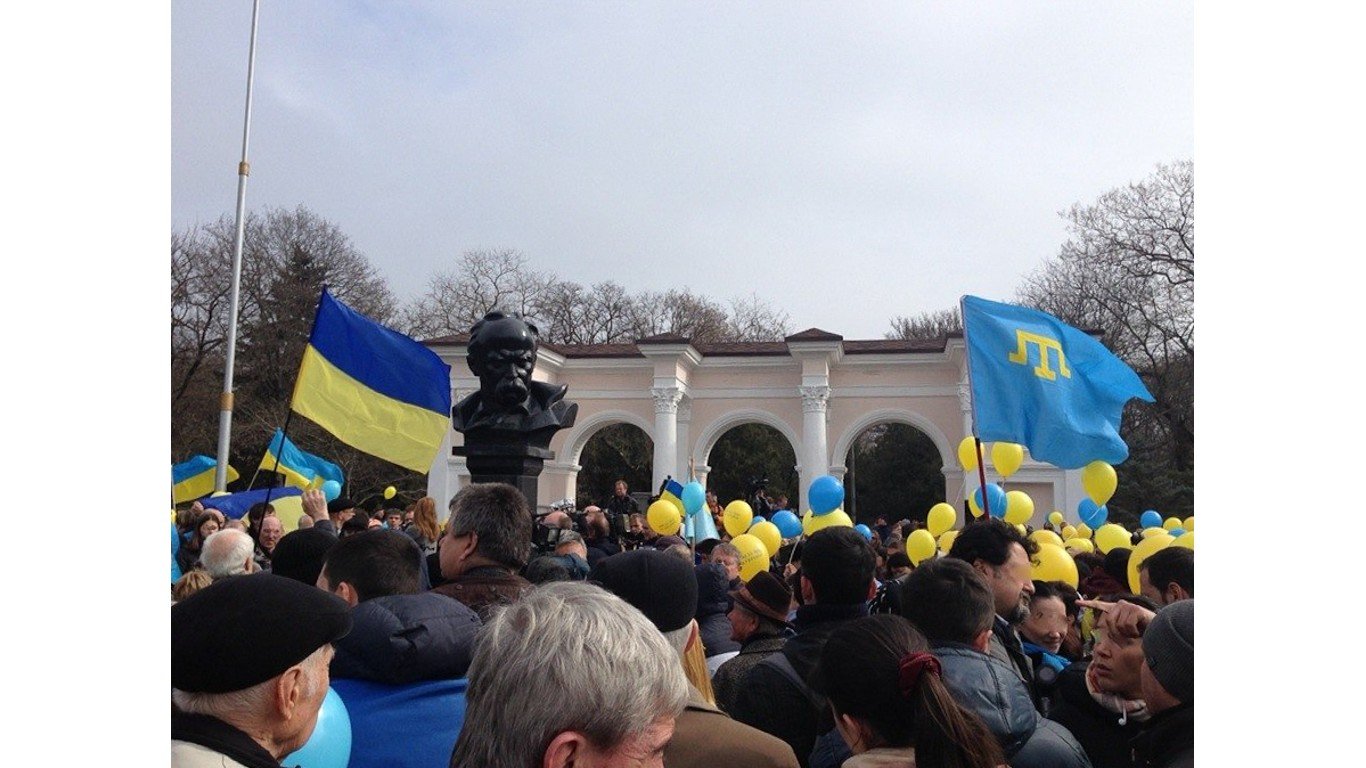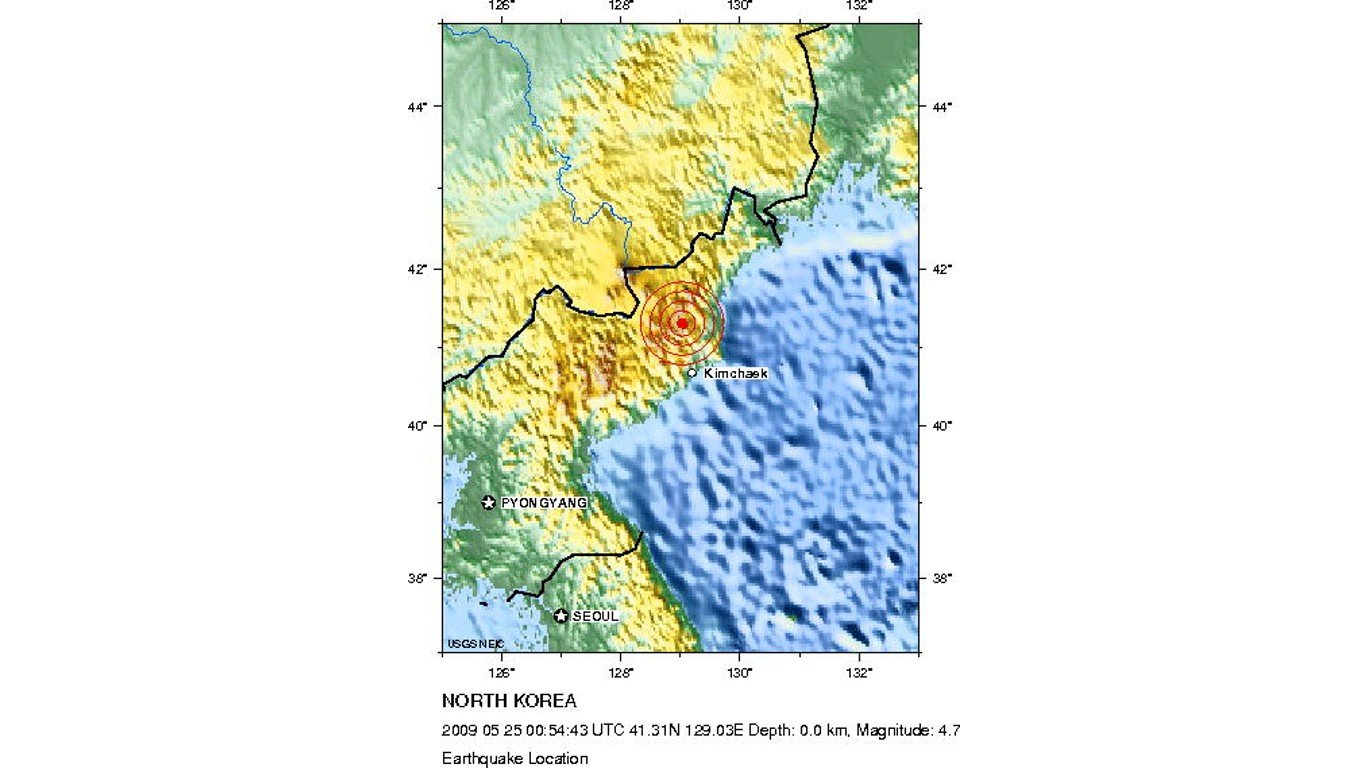
2009
> Doomsday clock position: 5 minutes to midnight
> Nuclear tests: 1
North Korea continues its march toward nuclear weapons with several underground nuclear tests.
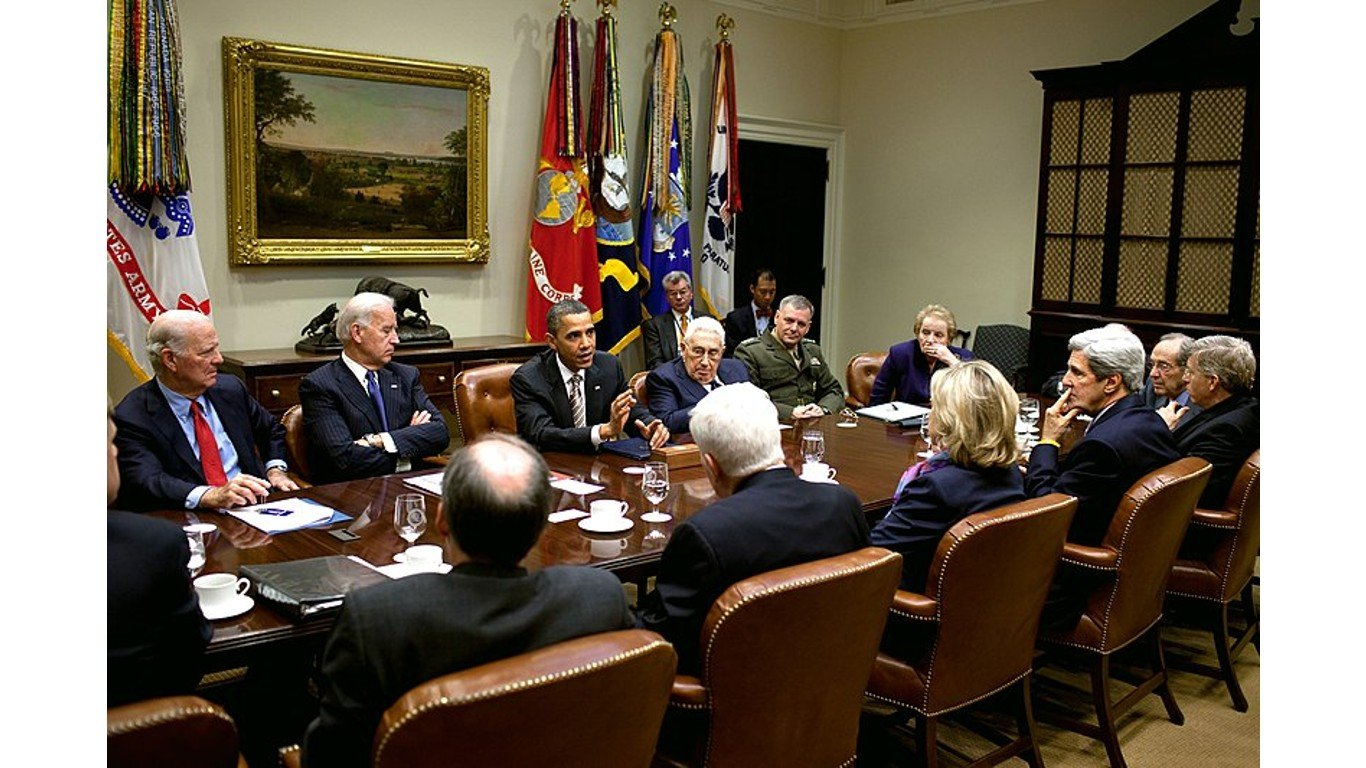
2010
> Doomsday clock position: 6 minutes to midnight
> Nuclear tests: 0
“We are poised to bend the arc of history toward a world free of nuclear weapons,” is the Bulletin’s assessment as it moves the clock one minute away from midnight – the last time the position of the clock improved. Talks between Washington and Moscow for a follow-on agreement to the Strategic Arms Reduction Treaty are nearly complete, and more negotiations for further reductions in the U.S. and Russian nuclear arsenal are already planned.
2011
> Doomsday clock position: 6 minutes to midnight
> Nuclear tests: 0
Japan is hit by a devastating earthquake and tsunami. The catastrophe causes a meltdown at the Fukushima Daiichi Nuclear Power Plant.
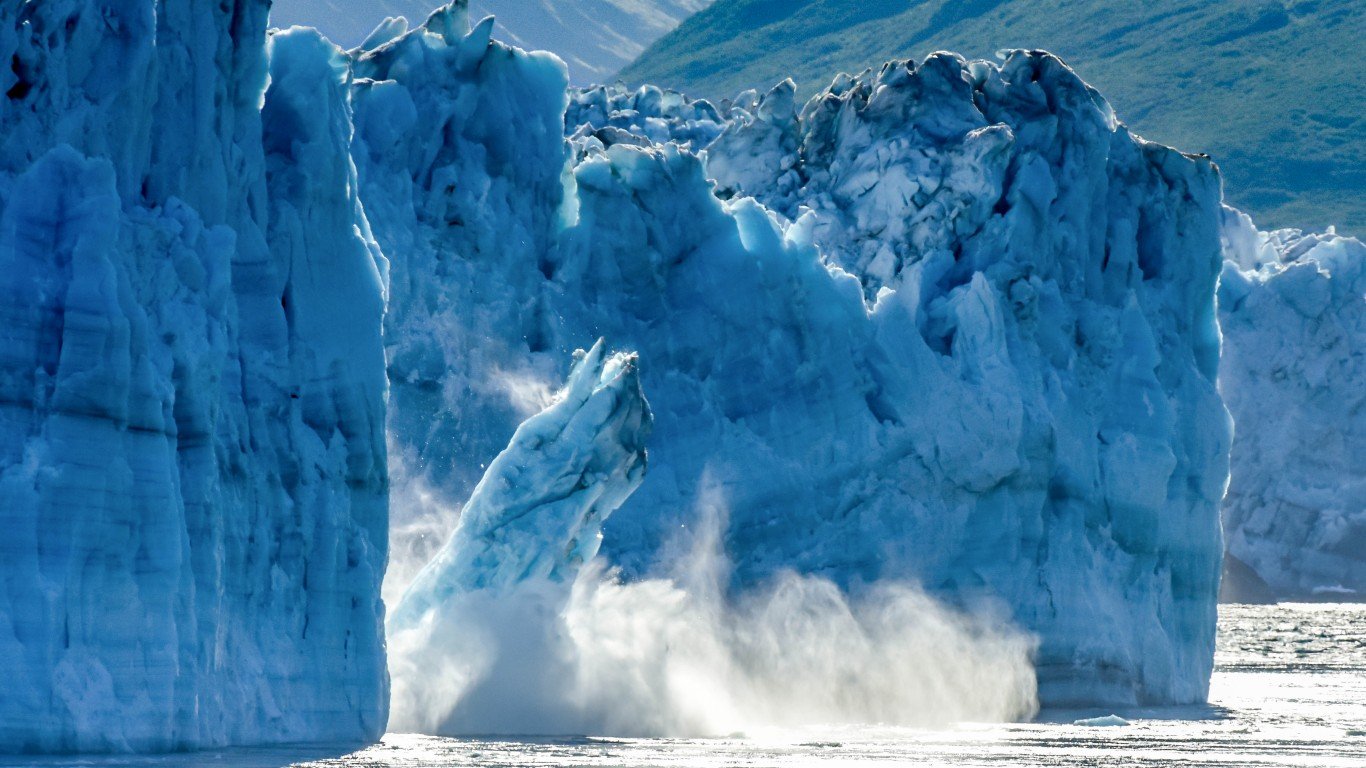
2012
> Doomsday clock position: 5 minutes to midnight
> Nuclear tests: 0
“The challenges to rid the world of nuclear weapons, harness nuclear power, and meet the nearly inexorable climate disruptions from global warming are complex and interconnected,” the Bulletin stresses as it moves the clock one minute closer to midnight. The pace of technological solutions to address climate change may not be adequate to meet the hardships that large-scale disruption of the climate portends.

2013
> Doomsday clock position: 5 minutes to midnight
> Nuclear tests: 1
For the first time in 55 years, the amount of carbon dioxide in the atmosphere exceeds 400 parts per million. It also may be the first time in 3 million years of Earth history that greenhouse gasses reached such a level.
2014
> Doomsday clock position: 5 minutes to midnight
> Nuclear tests: 0
The 2022 invasion of Russia into Ukraine was not the first in recent years. In 2014, Russia seized control of Crimea from Ukraine.
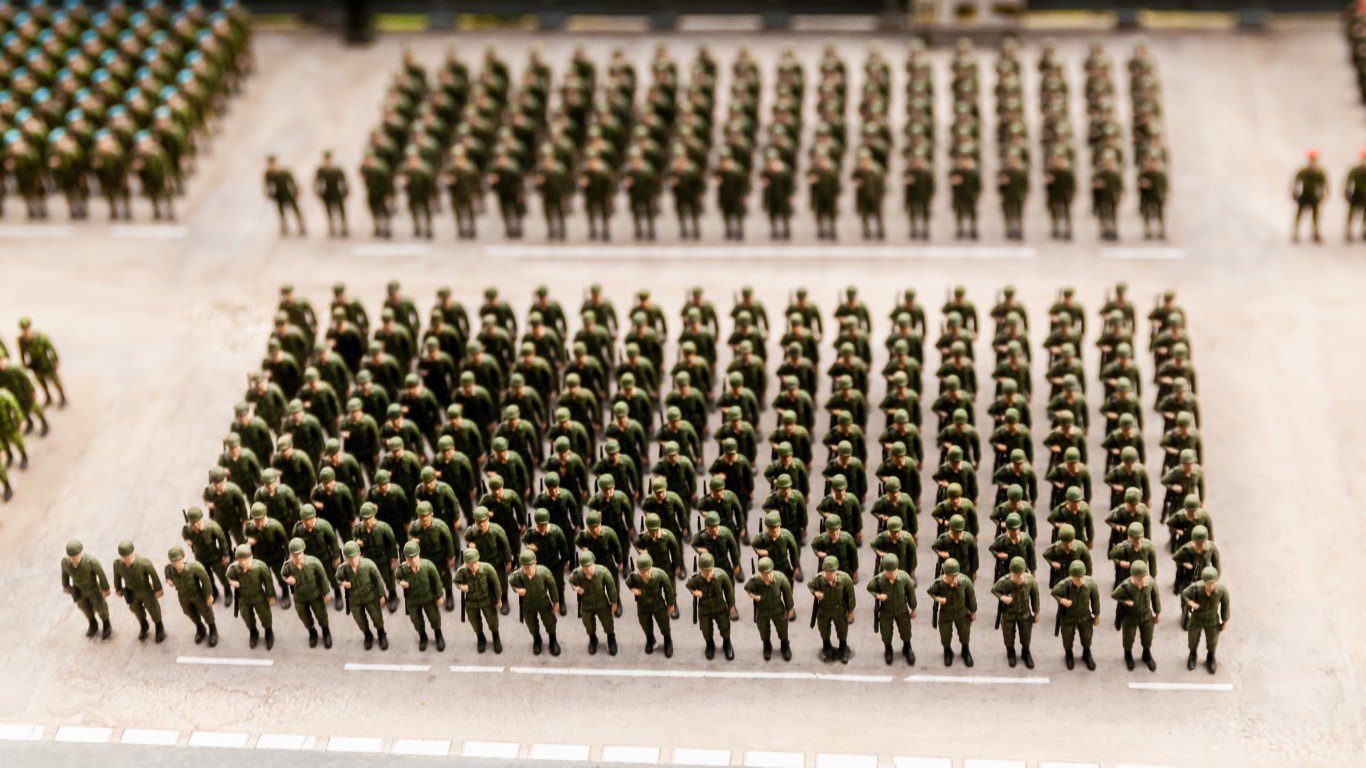
2015
> Doomsday clock position: 3 minutes to midnight
> Nuclear tests: 0
The Doomsday Clock moves two minutes closer to midnight as “unchecked climate change, global nuclear weapons modernizations, and outsized nuclear weapons arsenals pose extraordinary and undeniable threats to the continued existence of humanity,” the Bulletin warns. Despite some modestly positive developments in the climate change arena, current efforts are entirely insufficient to prevent a catastrophic warming of Earth.
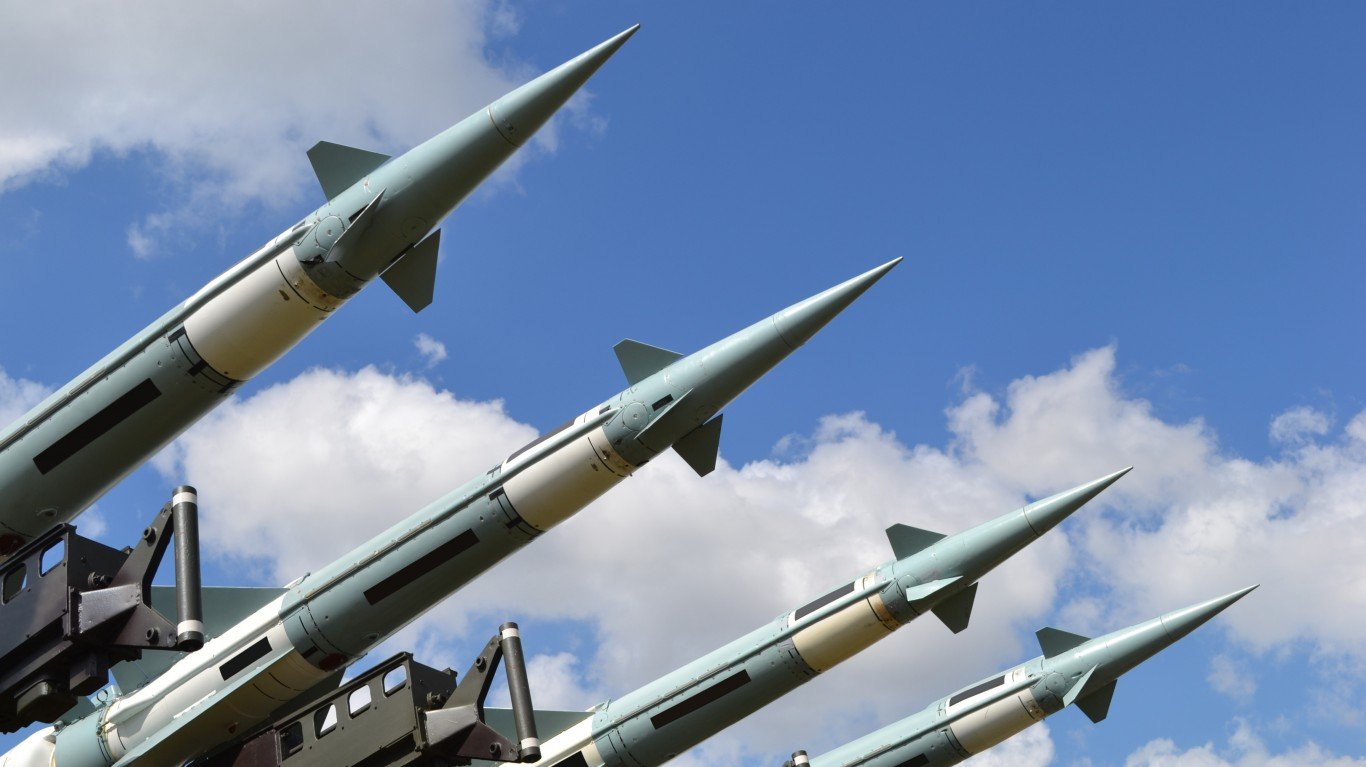
2016
> Doomsday clock position: 3 minutes to midnight
> Nuclear tests: 2
“Last year, the Science and Security Board moved the Doomsday Clock forward to three minutes to midnight, noting the probability of global catastrophe is very high, and the actions needed to reduce the risks of disaster must be taken very soon,” the Bulletin says in reiterating its position from 2015.

2017
> Doomsday clock position: 2 minutes, 30 seconds to midnight
> Nuclear tests: 1
President Donald Trump withdraws the U.S. from the Paris Climate Agreement, dealing a setback to global efforts on tackling climate change. The Bulletin moves the clock 30 seconds closer to midnight.
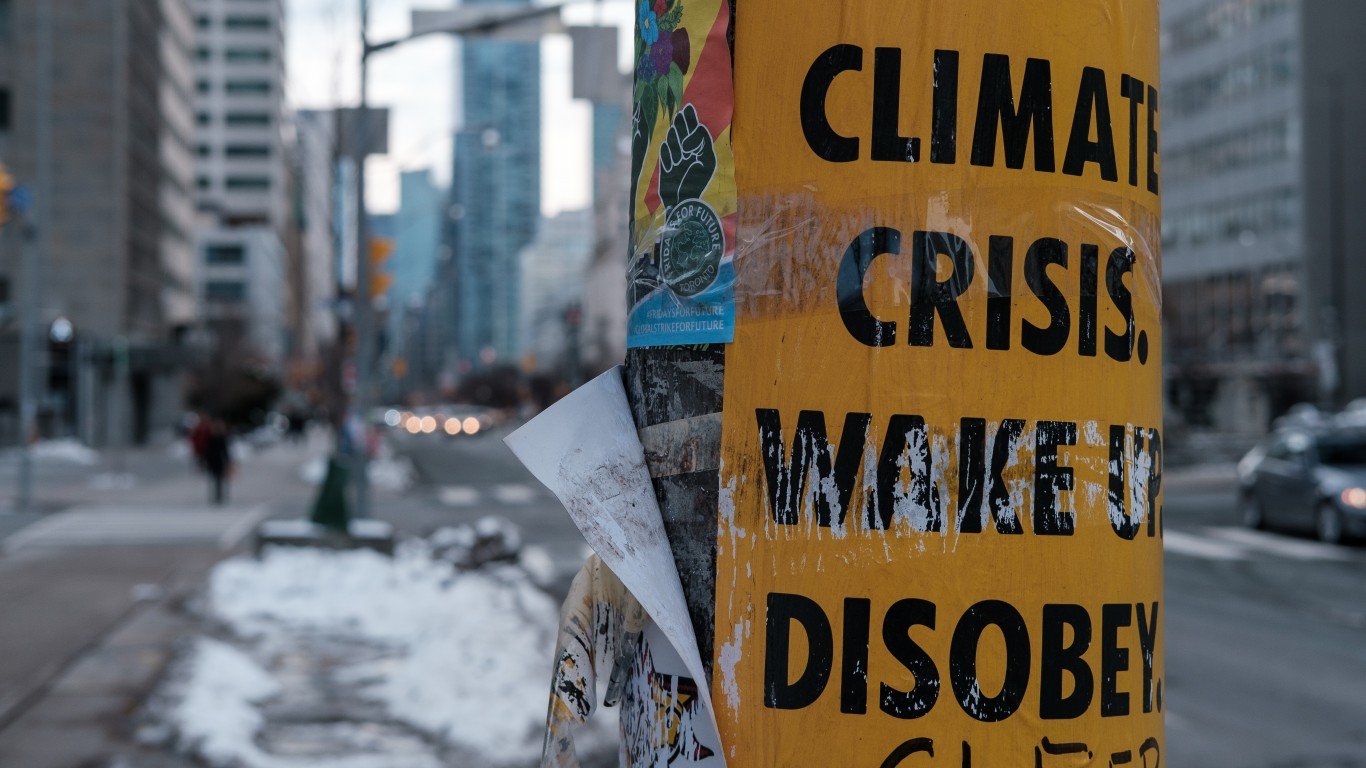
2018
> Doomsday clock position: 2 minutes to midnight
> Nuclear tests: 0
The Bulletin moves the clock another 30 seconds closer to midnight, saying, “the failure of world leaders to address the largest threats to humanity’s future is lamentable —but that failure can be reversed. They can seize the opportunity to make a safer and saner world.”

